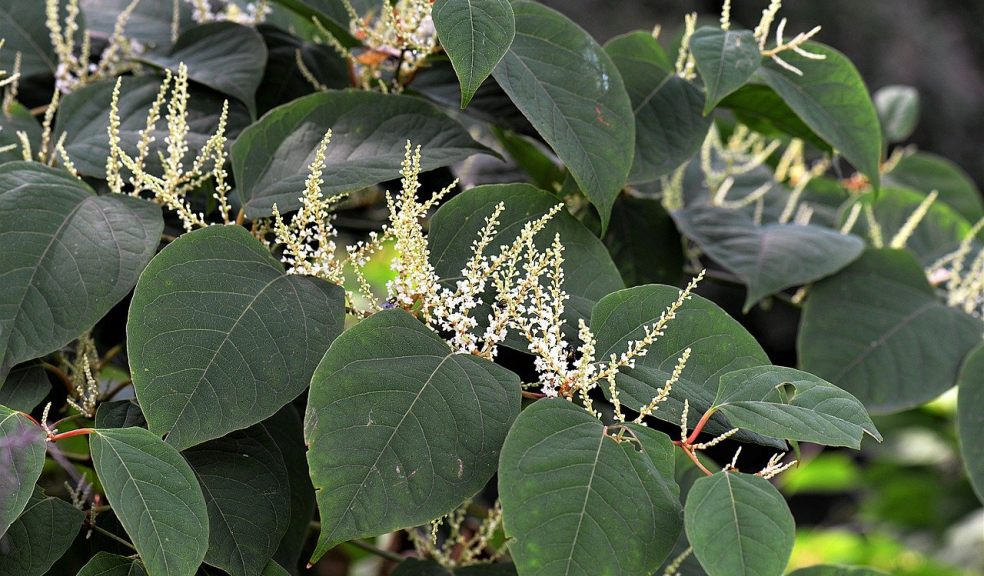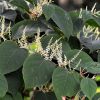
What do I need to know about Japanese knotweed?
It’s the plight of avid gardeners, landlords, and would-be property sellers: Japanese knotweed is an annoyance at best, and a potentially difficult problem to solve at worst. What is it, though?
This pest of a plant can be a major headache for you if you own a property, so you should know how to identify it, and what you can do to deal with such an issue. Here are some of the points you need to be aware of so you can solve your Japanese knotweed problem.
What does Japanese knotweed look like?
It is a tall perennial plant. It will emerge in the spring, with a typical growing season from May to October. The shoots will look like asparagus when they begin to show, and will be red-green in colour; the red will change to red speckles on a green stem. It can reach three metres at full height and it’s fast-growing (increasing by as much as 6cm a day).
The hand-sized leaves will be green and heart-shaped and small white flowers will appear in September, and may even cover some parts of the plant. The leaves and flowers will fall in November and will leave behind a hollow brown, brittle stem. The plant will then re-grow from the same spot the following year.
Why is Japanese knotweed a problem?
This resilient plant spreads through the movement of its root system. Unlike a tree’s (where you don’t have other trees growing from the roots), a Japanese knotweed’s system looks like a spider’s web and is connected underground. The roots can spread up to seven metres in every direction, and go as deep as three metres - and can sprout growth. Small fragments of the roots can contaminate the ground, too, from which you can expect more growth.
Because of how far Japanese knotweed roots can go, they could reach the foundations of a home. It could also grow through any weaknesses in structural or hardstanding work - such as Tarmac, concrete and floorboards. The roots can also encroach on any neighbouring properties.
What should I do if I find Japanese knotweed?
There’s advice that says non-weedkiller methods pose problems for disposal. This is because Japanese knotweed is classed as a controlled waste under the 1990 Environmental Protection Act, and should be disposed of at a licensed landfill site. It should not be included in either household or green waste collections.
Specialist contractors must be registered waste carriers, who can then safely remove the weed from your property. You can protect your home from root infestation by consulting experts - these remedies could include Japanese Knotweed Membrane, which will help to contain any root growth.
Where could I find Japanese knotweed?
There are levels of infestation across the UK. There are epicentres in outer London, south and west Wales (especially between Swansea and Newport), Nottingham, Sheffield, and outer Manchester.
There are maps available to inform homeowners and buyers of Japanese knotweed location and risk potential. Most building insurance policies won’t cover issues or damage caused by this plant, so a thorough surveyor report is essential before you buy a home.

















